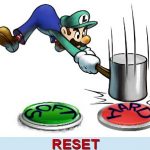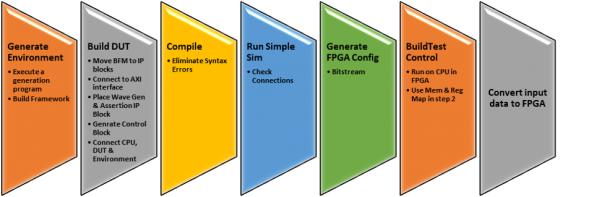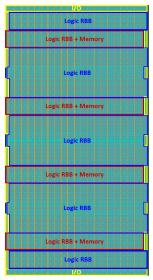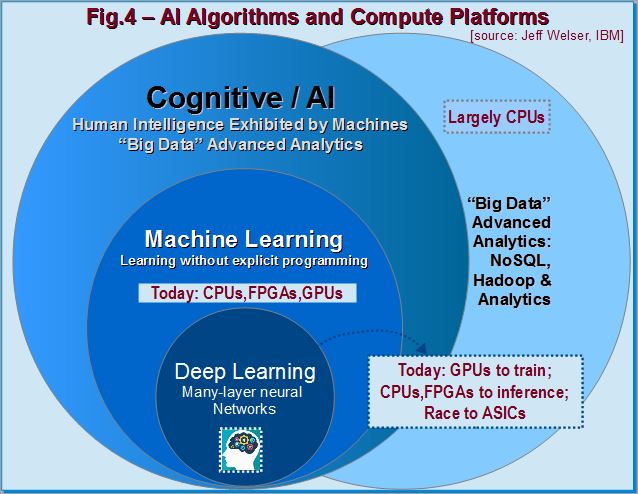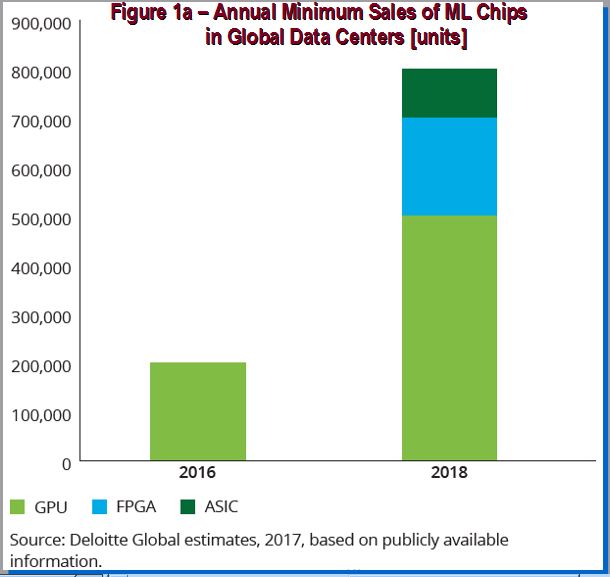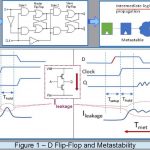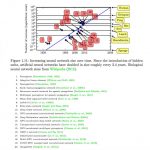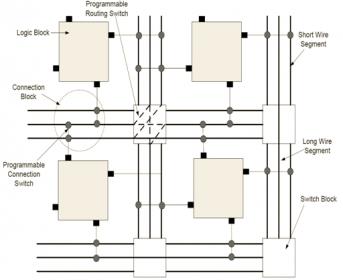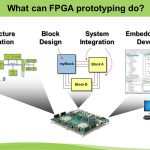You are currently viewing SemiWiki as a guest which gives you limited access to the site. To view blog comments and experience other SemiWiki features you must be a registered member. Registration is fast, simple, and absolutely free so please,
join our community today!
RDC – A Cousin To CDCby Alex Tan on 04-18-2018 at 12:00 pmCategories: Aldec, EDA, FPGA
In a post-silicon bringup, it is customary to bring the design into a known state prior to applying further testing sequences. This is achieved through a Power-on-Reset (POR) or similar reset strategy which translates to initializing all the storage elements to a known state.
During design implementation, varying degrees of… Read More
As verification continues to be a key ingredient in successful design implementation, new approaches have been tried to balance cost, time to results and comprehensive analysis in designs that require large patterns in some application like Image Processing. Simulation environments are well proven, and designers tend to … Read More
IP providers need to evaluate several complex engineering problems when addressing customer requirements – perhaps the most intricate challenge is the degree of IP configurabilityavailable to satisfy unique customer applications. … Read More
Adding color to the talks, Dr. Jeff Welser, VP and IBM Almaden Research Lab Director showed how AI and recent computing resources could be harnessed to contain data explosion. Unstructured data growth by 2020 would be in the order of 50 Zetta-bytes (with 21 zeros). One example, the Summit supercomputer developed by IBM for use at… Read More
Just like good ideas percolate longer, we have seen AI adoption pace picking-up speed, propelled by faster GPUs. Some recent data points provide good indication that FPGA making a comeback to bridge chip-design needs to keep-up with AI’s ML applications.
According to the Deloitte research firm there is a projected increase of… Read More
Clock Domain Crossing (CDC) is a common occurrence in a multiple clock design. In the FPGA space, the number of interacting asynchronous clock domains has increased dramatically. It is normal to have not hundreds, but over a thousand clock domains interactions. Let’s assess why CDC is a lingering issue, what its impact and the … Read More
Despite their recent rise to prominence, the fundamentals of AI, specifically neural networks and deep learning, were established as far back as the late 50’s and early 60’s. The first neural network, the Perceptron, had a single layer and was good certain types of recognition. However, the Perceptron was unable to learn how to… Read More
The most powerful approach to managing the complexity of current SoC hardware is the identification of hierarchical instances with which to assemble the design. The development of the hierarchical design representation requires judicious assessment of the component definitions. The goals for clock distribution, power … Read More
In case you missed it, the FPGA Prototyping for SoCs webinar happened last week. I did the opening ceremonies which I will run through briefly here or you can go straight to the replay HERE.
FPGA prototyping is one of the fastest growing market segments we track on SemiWiki which brings us to the topic at hand: FPGA Prototyping for SoCs… Read More
Buying IP is just a little bit more complicated than buying a pair of shoes. A lot of IP is configurable and requires attention to various design and configuration parameters. We live in an age where commercial soft IP is used pretty often in designs, so people have developed increasing comfort in the process that is required to achieve… Read More


